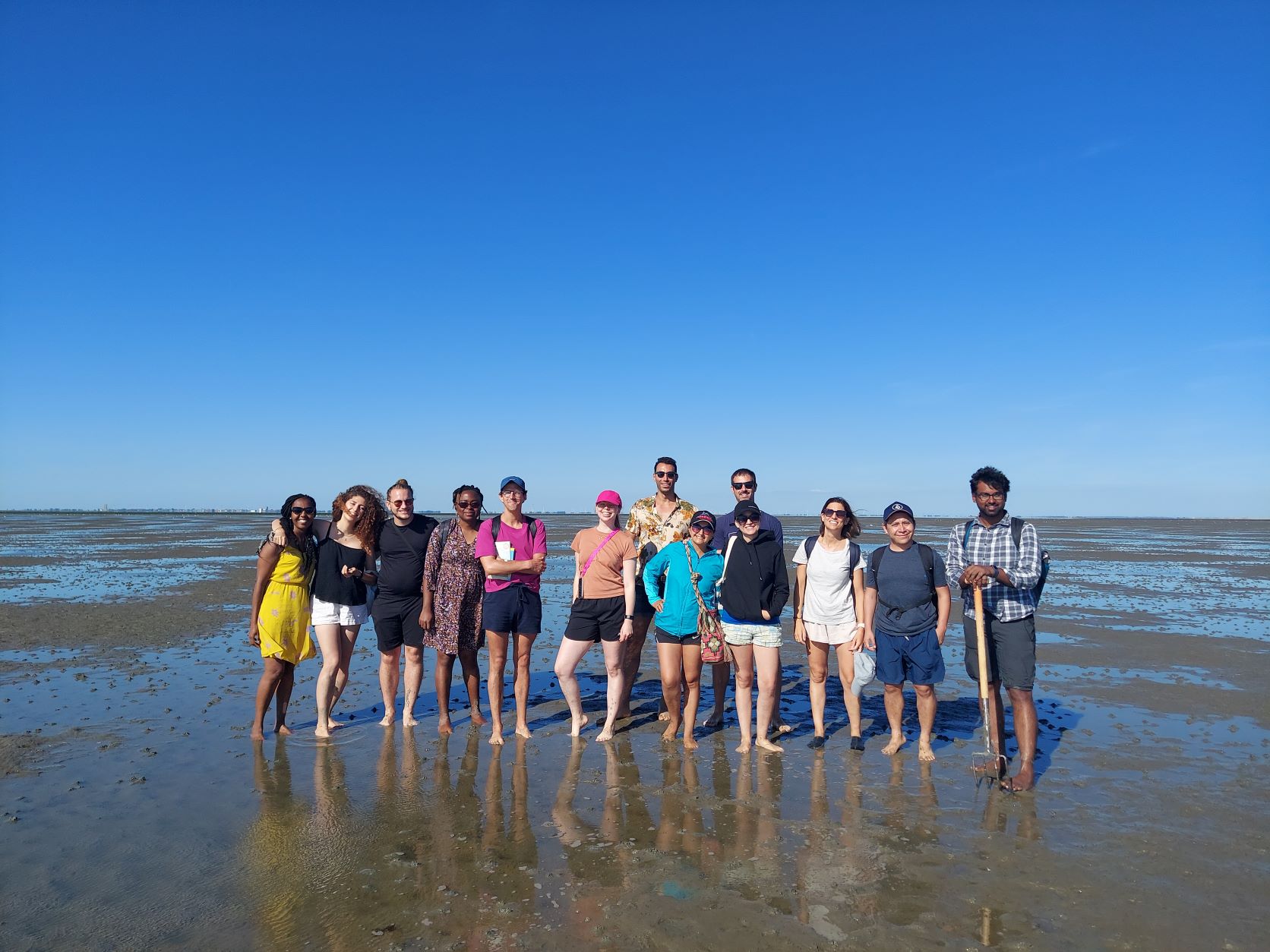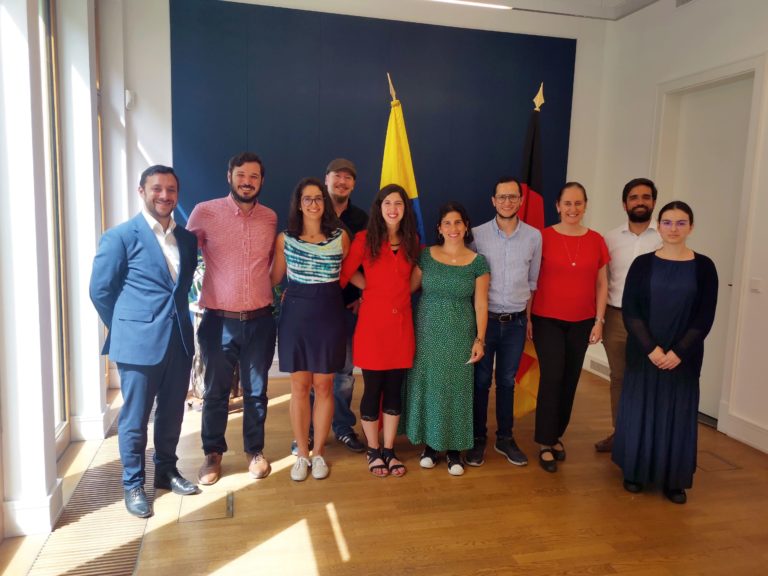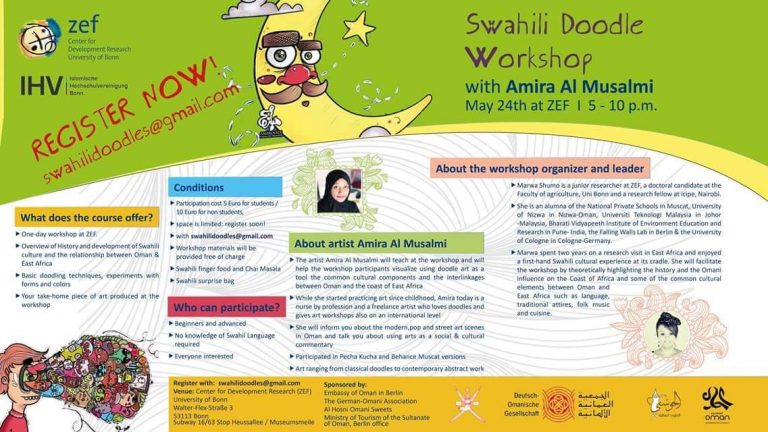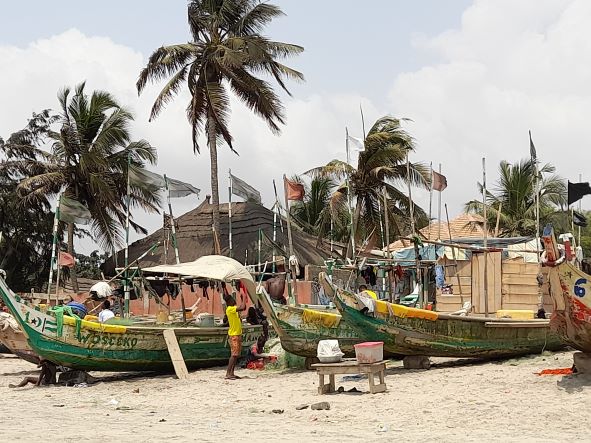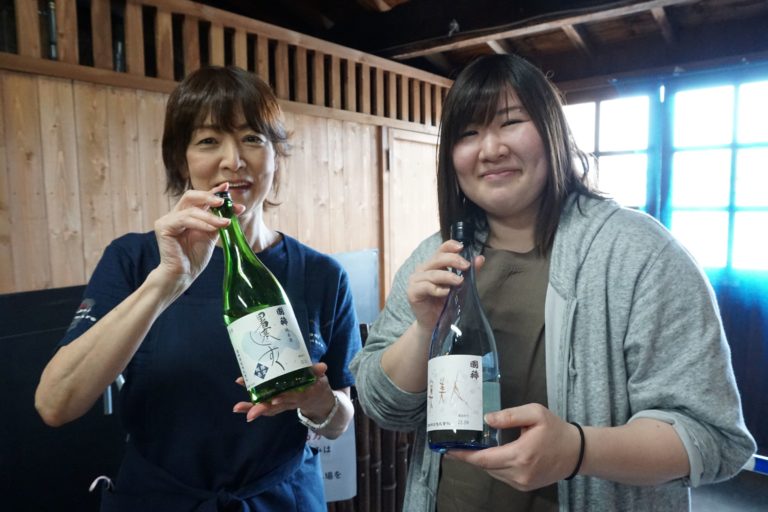Doctoral researchers look into conservation of coastal ecosystems in Germany’s north
PART 2
As part of the partnership-program between ZEF and the International Program in Agricultural Development Studies (IPADS) of the Graduate School of Agricultural and Life Sciences at the University of Tokyo, two groups of doctoral students went on simultaneous field trips to look into the “Conservation of Coastal Ecosystems – Linkages between Agriculture and Marine Environment” in August 2022. Whereas the Bonn-based ZEF-students examined conservation strategies in the Wadden Sea National Park in Schleswig-Holstein in Germany’s utmost north, the parallel excursion of Tokyo-based IPADS-students, focused on seaweed bed restoration in Hokkaido in northern Japan. ZEF-students share their experiences and insights in two blog posts.
Authors of this blog post: Daiana Castillo, Felipe Quartucci, Florence Scherer, Trevor Tisler, Atefeh Movassagh
Visiting the biosphere conservation area Wadden Sea station Friedrichskoog
The Schleswig-Holstein Wadden Sea National Park is a biosphere conservation area that comprises 40% of the Wadden Sea which is shared by Denmark, the Netherlands and Germany. It consists of extensive mudflats, rivers, sandbanks, dunes and saltmarshes. With an area of 4,410 km² it is the largest national park in Germany. Some 68% of its area is permanently under water and 30% is periodically dry. Together with other German and Dutch Wadden Sea areas it became a UNESCO World Heritage Site on June 26, 2009 because of its relatively undisturbed intertidal ecosystem and its unique biodiversity [1].
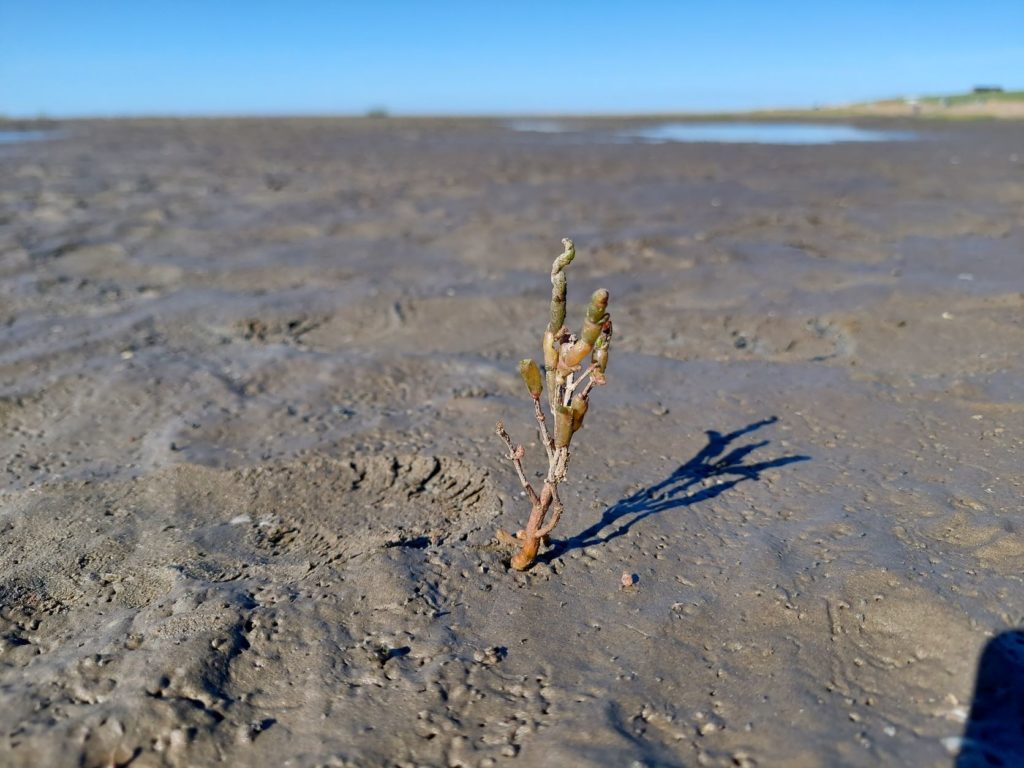
Site Location: Friedrichskoog-Spitze, Schleswig-Holstein, Germany (54°01‘49 N , 8°50‘20 E)
Main insights and findings from our trip
Under the supervision and guided tour of a national park volunteer from the Nationalpark-Station Friedrichskoog (Schutzstation Wattenmeer), the following ecological, social and economic findings related to the ecosystems, governance, local SESs and surrounding communities were observed and discussed.
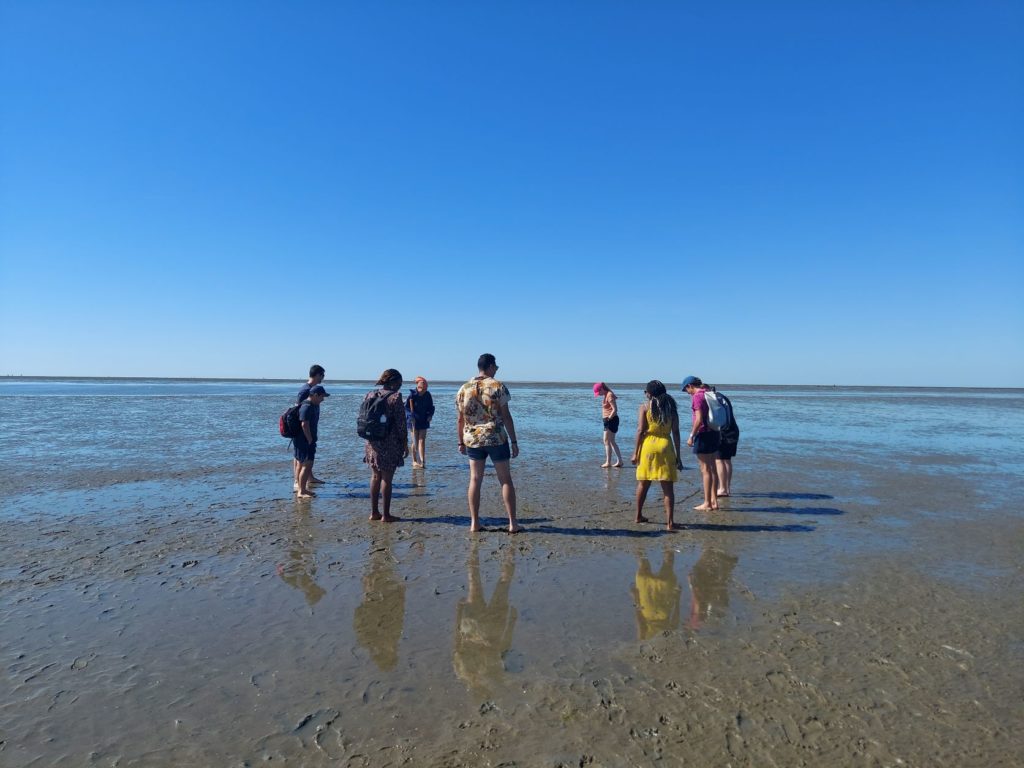
The Wadden Sea has a global significance for migratory bird species. They use it twice a year as the primary and often only stopover point along their migratory path. The Wadden Sea is essential for the birds to regain their energy and the ecological connectivity of the individual stations on the flyway. It makes the area essential for the survival and successful breeding of species several thousand kilometers away as well. The land element consists mainly of salt marshes. The major human activity is tourism. The other areas are subject to a degree of human intervention which includes coastal protection measures that limit the area’s dynamics, fisheries, oil extraction and tourism.
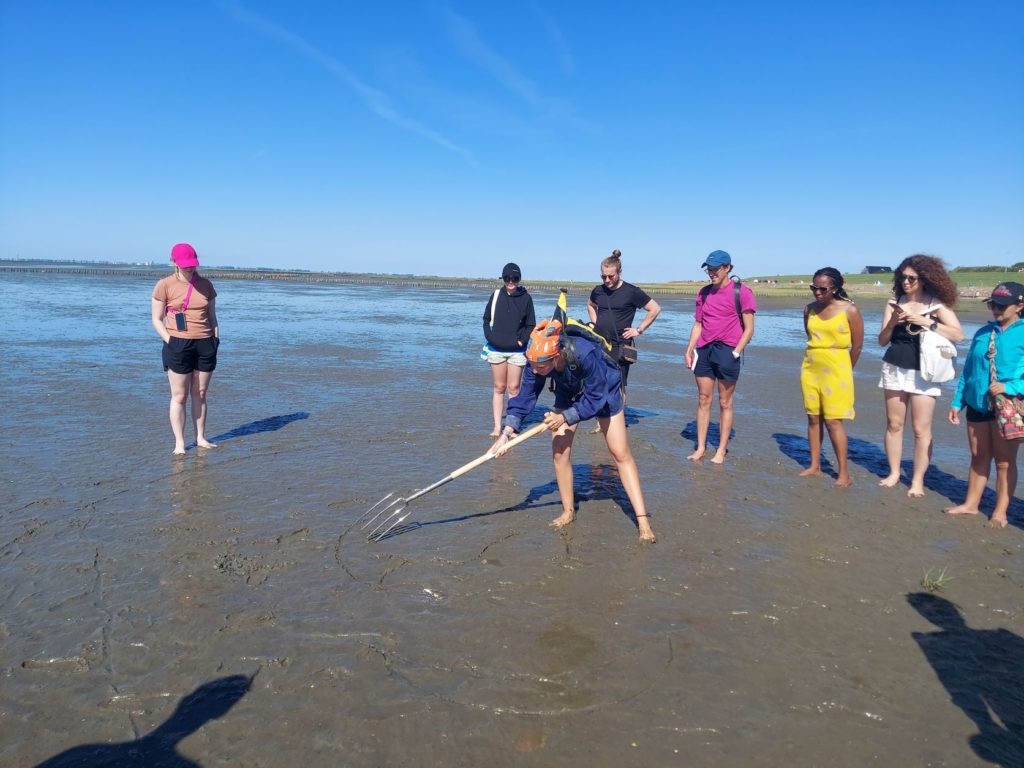
The National Park Administration in the Schleswig-Holstein State Office for Coastal Protection, National Park and Marine Conservation, is responsible for nature conservation, environmental monitoring in the National Park and public relations. National park rangers and national park guides as well as volunteers from the nature conservation associations inform guests and locals and monitor the protection regulations in the national park. [2]
In terms of ecosystem management, the national park is predominantly run by volunteers who regularly monitor the health and status of local fauna for scientific data collection. While protected under German national law, in the instances of forbidden low flying aircraft and kite flying (confused as potential predators by nesting and resident birds) national park volunteers are the primary monitors who must report the infractions to local authorities for sanctions to be enforced. Although it is well known that low-flying aircraft (commonly chartered tourist excursions) are forbidden in the national park boundaries, it is still a common occurrence that park volunteers encounter.
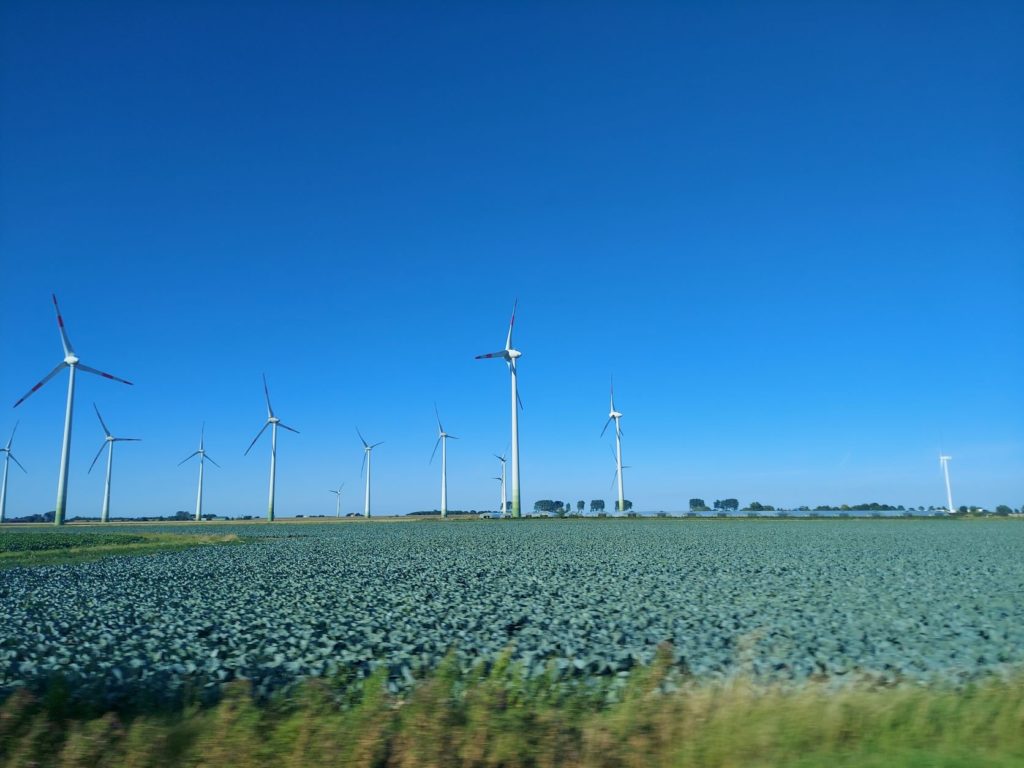
Moreover, the intertidal portions of the sea floor (areas exposed during low tide, under water during high tide) hold a rich diversity of fauna, various species of crustaceans (crabs, shrimp, etc), molluscs (clams, muscles, etc), and annelids (various types of sea worms), all of which play important roles as either decomposers and scavengers, primary consumers, or other elements on the lower part of ecosystem’s the trophic structure. Their diversity and spatial concentration help to maintain the sandy-mudflats as a carbon sink, high in organic material and nutrient rich. At the base of the ecosystem’s food web, algae plays an important role, and is so abundant, that the local atmospheric oxygen concentration is 2% higher than the global average.

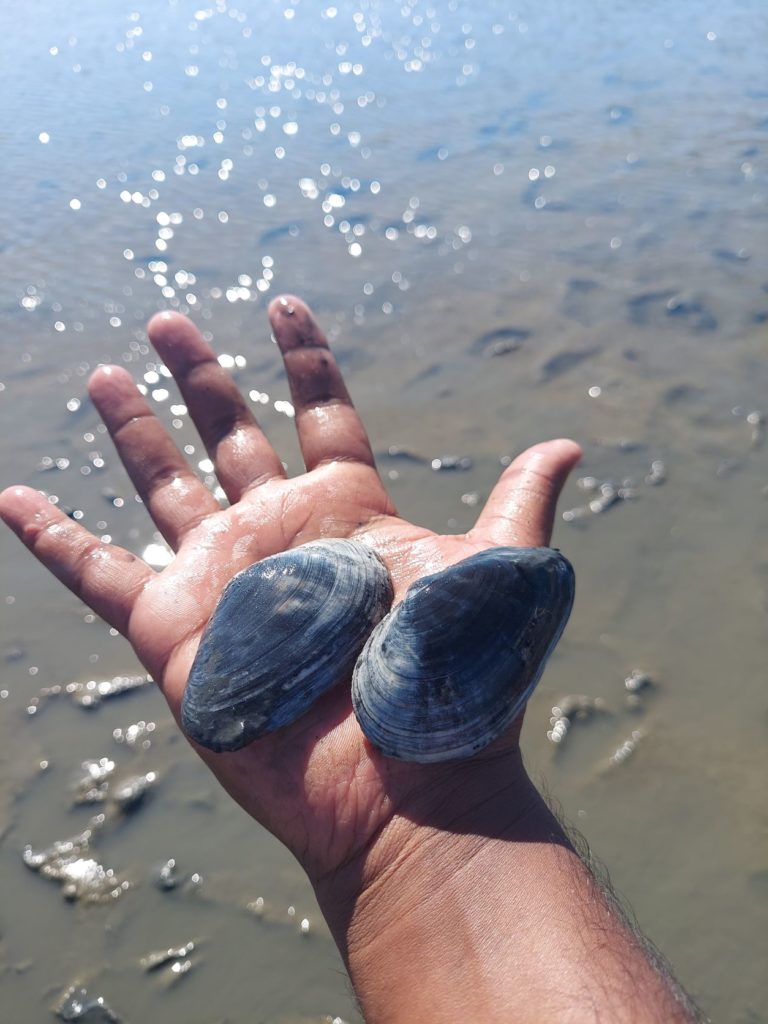
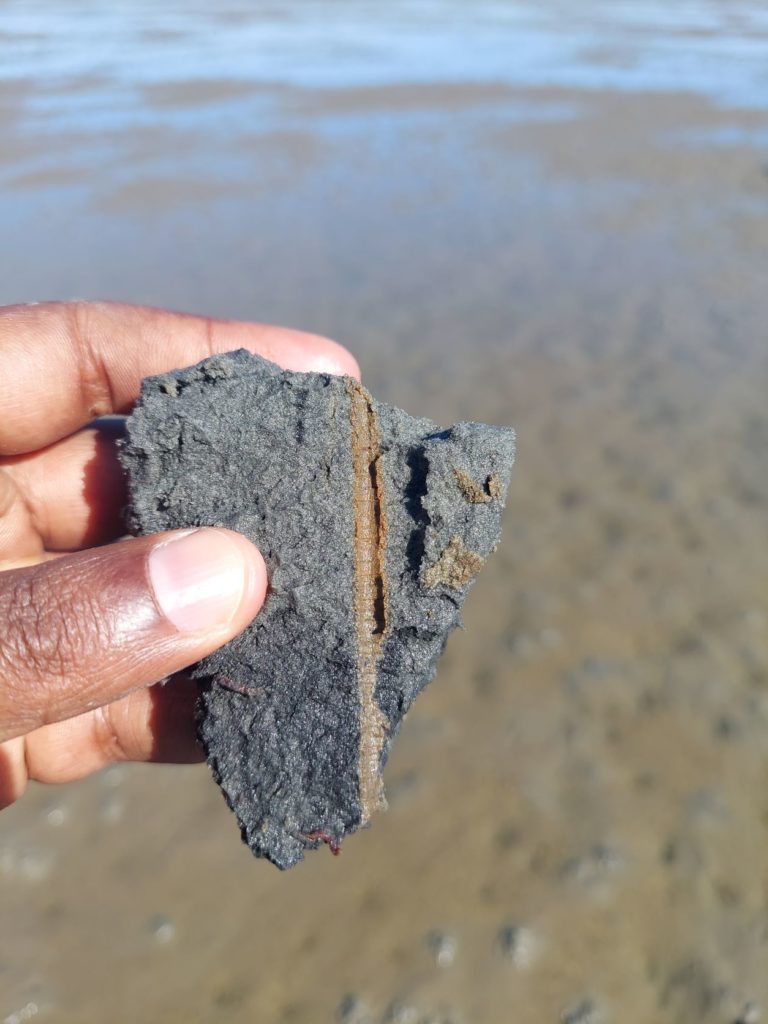
Due to the status as a National Park, local communities‘ and visitors‘ access to and use of natural resources are governed by various controls. For example, local small scale fishing (as witnessed in the nearby “port-village “of Büsüm and verified by the guide) is an important livelihood for some members of the local communities. However, this livelihood is controlled via licensing and permits and is not open to the general public. Moreover, plant extractivism and flora gathering activities are strictly forbidden. While no concrete example was given, the national park volunteer mentioned that as the National Park was created via political compromise in the 1970s, a portion of the local community members oppose the restrictions set by the park regulations.
Although there are some stringent environmental protections, as stated the Wadden Sea National Park was created via political compromises, environmental loop-holes remain. One of which allowed for the continued operation of an Oil Platform, which purchased exploration rights and was granted is operational license before the national park was established. While the original exploration rights were set to expire in ~2040, this was extended until ~2060. Secondly, shrimp are an important species for the local small scale fishermen and as a menu item for local tourism. However, drag net fishing is still permitted in the national park and is often the source of plastic pollution negatively impacting local fauna.
Local fertile soils formed from the Wadden Sea, are home to Germany’s principal cabbage cultivating region. Aside from agriculture and fishing, local summertime beach tourism appear to be the principal economic livelihoods in the region.
Finally, although local fishing activities and agricultural activities may be detrimental to the local ecosystem, and while the presence of the oil rig serves as a looming possibility of ecological catastrophe, the principal source of environmental degradation to the local ecosystem comes from the pollution caused by large container-ships using the near-by Elbe River shipping lanes to access the Port of Hamburg.
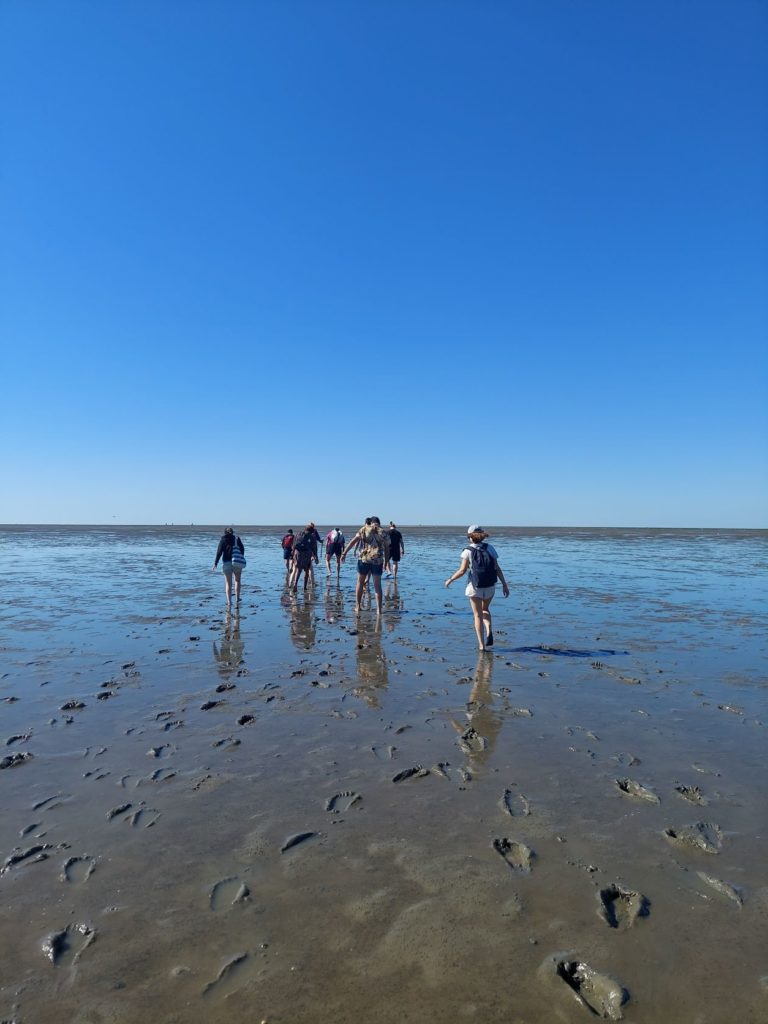
Photos: Subash Surendran Padmaja and Felipe Quartucci.
References
- [1] “Wadden Sea”. UNESCO World Heritage Centre. United Nations Educational, Scientific, and Cultural Organization.2021.
- [2] https://www.nationalpark-wattenmeer.de/sh/
